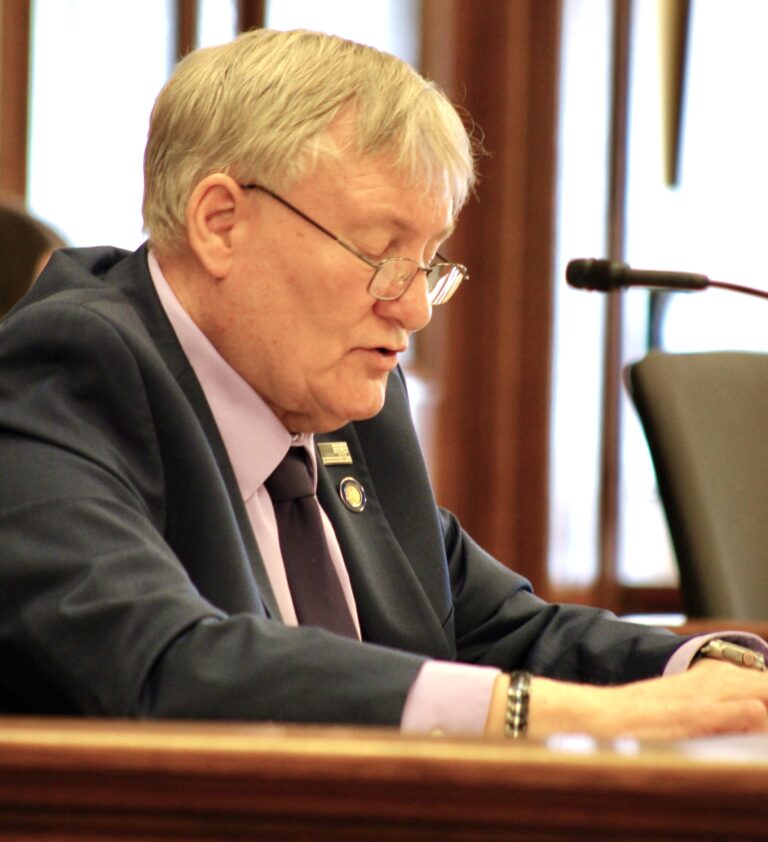Weekly Fiscal Facts are provided to Wisconsin Newspaper Association members by the Wisconsin Policy Forum, the state’s leading resource for nonpartisan state and local government research and civic education. The Wisconsin Policy Forum logo can be downloaded here.
- Download this column as a Word document
- See other WNA Member Content offerings
For the eighth straight year in 2019, Wisconsinites paid a smaller share of their income in state and local taxes, dropping this measure of tax burden to its lowest in a half century.
The reduction occurred at the same time state and local tax revenues increased by 4.5% in the fiscal year ending June 30, 2019, the biggest percentage increase since 2011 and nearly double the rate of increase in 2018.
Yet the tax burden still fell because Wisconsinites’ incomes grew more quickly. Total personal income, which includes wages and salaries, investment income, and government benefits, rose 5.1% to nearly $300 billion in calendar year 2018, the most recent year available. This left residents paying 10.3% of income in state and local taxes last year, down from 10.4% in 2018.
This share has declined each year since 2011 and has been on a largely downward trajectory since the mid-1990s. It now is at its lowest point in Forum records going back to 1970.
In 1994, Wisconsinites paid 13.2% of their income in state and local taxes, meaning that in 2019 they paid about 22% less. If state and local taxes in 2019 accounted for the same share of personal income in Wisconsin as in 1994, those taxes would have been nearly $8.5 billion higher. However, that hypothetical number assumes that higher taxes and spending would not have affected Wisconsinites’ total income, which is highly unlikely.
In 2019, the growth in state and local taxes was mostly due to an increase in state collections, which rose by 6% overall. Corporate income tax revenues rose by nearly 50%, the biggest annual increase in decades, thanks in part to changes in federal tax law. Individual income taxes, the largest state tax, increased by 6.1%.
This information is provided to Wisconsin Newspaper Association members as a service of the Wisconsin Policy Forum, the state’s leading resource for nonpartisan state and local government research and civic education. Learn more at wispolicyforum.org.



